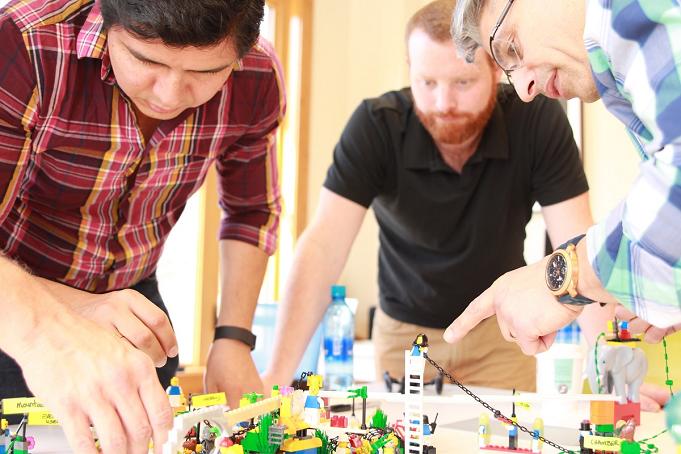
The world has changed dramatically due to technology and globalization, and this has changed the way we think about and implement strategy. These changes have impacted the business landscape in ways we have not seen, and sometimes even in ways we may not have imagined. Thinking strategically also means managing ambiguity and the brain doesn’t like ambiguity. It likes to know the answer. Strategy is an abstract concept and some people would rather do anything but attend a strategy session. However, strategy can be fun and exciting if we have the right tools at hand.
Mark Twain has been attributed to saying:
"It’s not what we don’t know that gets us in trouble, it’s what we think we know that just ain’t so".
This quote sums up this blog on 7 Leadership Traps:
- The Plan
Sometimes leaders are confused by what thinking strategically really means. They develop complex work plans based on past performance. A work plan is important, but it is not strategy. And sticking to something just because you planned it could be catastrophic. This is a hard habit to change, especially when it may have worked well in the past.
Trap #1—Using a work plan for “strategy”
- The Vision
To create a big and bold vision, you must first begin to imagine all the things that have not yet happened. What are all the opportunities? We need to be asking, “What are all the ways?” A leader’s vision is often important to them, but it doesn’t get people excited. In fact, visions are usually discombobulated concepts, which are disconnected from what is important to the very people who need to drive them. People then question why the vision applies to them.
Trap #2—Lack of a clear and engaging vison
- The Situation
It makes little sense to head out on a vacation to Disneyland if we don’t know where we are when we first jump into the car. If you don’t truly understand your current business landscape, then how could you possibly draw a road map for people to follow? Unfortunately, leaders often think they know everything about the current situation because they live it every day. Not true. Our brain likes to think it knows, but it really doesn’t. We must first carefully analyze the situation and hear from multiple sources, including the people who are doing the work day in and day out. Clearly understanding your current situation is the first step in thinking strategically.
Trap #3—Making assumptions about the current situation
- The Risks
After people identify where they are and where they want to go, they assume they will just go there. Imagining you are at point A and in 12 months you will be at point B is not only short sighted, but it could be a critical thinking error. Forgetting to spend time considering the risks doesn’t just kill strategy: It can kill an entire company. The business world, like life, is unpredictable. We all have blind spots. Leaders who think they can predict the future are heading for trouble.
Trap #4—Forgetting to consider the unexpected
- The Measurements
Most people would never consider going on a diet without first knowing their weight before they start; and yet, many organizations forget to measure. If leaders don’t set measurements, how will anyone know if the actions they take are leading to the desired results? Sometimes we are unsure of what we will measure or which milestones we need to reach. Even worse, we may set out to measure the wrong things entirely. And because we always get more of what we measure, this can be another fatal mistake.
Trap #5—Not implementing measurement criterion
- Top Down
It’s true strategy needs to be developed at the highest level of the organization—this is where all the high-level thinking should happen. But to expect leaders to just roll out orders from the top is, again, old school thinking. Leaders who think they have all the information and all the answers are forgetting a key resource at their disposal: their people. Chances are, your people have all kinds of helpful information to share. So ask them and give them the chance to be heard. You might be surprised by what you learn. And when you do not include people, they aren’t going to care about your strategy.
Trap #6—Not including everyone in your strategy
- The Past
A post is usually in place for a very good reason: It is not supposed to move. If a post starts to lose its hold over time, we pour in more cement so it doesn’t move. A post is useful, but this type of thinking doesn’t work when it comes to strategy. Leaders may get so attached to how they have always done things they do not want to consider something new. They made it to the top thinking one way, so why change? The most expensive words in the English language are “This is how we have always done things,” and, “That would never work around here.”
Trap #7—Ridged thinking
We see strategy in 3D by building it, testing it, and running the plays in the playroom where the risks are low and the thinking is rich. We play with strategy to uncover simple and obvious insights so you can out-imagine your competitor.
We know where all the traps are and we have some excellent tools to help you develop and navigate your unique and powerful strategy.
Email us today to book your free leaders consult.
Hello@strategicplay.com